Key Highlights
- September 2024: MeitY launched National Blockchain Framework (Vishvasya) with ₹64.76 crore budget; 34+ crore documents verified by October 2025 across NIC data centers in Bhubaneswar, Pune, Hyderabad
- ABDM milestone: 73+ crore ABHA (Ayushman Bharat Health Accounts) created as of January 2025, with 49+ crore health records linked; 5.64 lakh healthcare professionals, 3.63 lakh facilities registered
- Healthcare blockchain applications: EHR management, drug supply chain tracking (addressing 10-30% counterfeit medicines in developing countries), automated insurance claims, clinical trial integrity, IoT health monitoring
- India’s digital health market: Growing from $2.7 billion (2022) to projected $37 billion (2030)—blockchain capturing significant share as infrastructure layer
- Critical challenges: Scalability (blockchain networks slowing with volume), energy consumption, interoperability paradoxes, regulatory gaps, 40% SC/ST digital divide, privacy vs. transparency tensions, $9.8 million average healthcare breach cost blockchain aims to mitigate
When 73 Crore Health Accounts Meet Blockchain
Imagine 73 crore Indians—more than half the nation’s population—each possessing a digital health ID linking their medical history, prescriptions, test results, and doctor consultations. Now imagine this massive, sensitive data trove secured on an immutable, decentralized ledger resistant to hacking, tampering, and unauthorized access. digitalhealthnews
This isn’t science fiction—it’s India’s emerging reality as the Ayushman Bharat Digital Mission (ABDM) converges with the National Blockchain Framework (NBF).
September 2024 marked a watershed: The Ministry of Electronics and Information Technology (MeitY) launched Vishvasya—India’s indigenous blockchain technology stack with a ₹64.76 crore budget. By October 2025, the platform had verified 34+ crore documents, demonstrating government-scale blockchain deployment.
Simultaneously, ABDM crossed 73 crore ABHA accounts (as of January 2025), with 49 crore health records linked, 5.64 lakh healthcare professionals registered, and 3.63 lakh health facilities onboarded.
This convergence raises critical questions: Can blockchain solve India’s fragmented healthcare data crisis? Will it protect against $9.8 million average breach costs plaguing the sector? Or will scalability, privacy, and digital divide challenges derail the vision?
Understanding Blockchain: Why Healthcare Needs It
Core Architecture
Blockchain is a distributed ledger where data is replicated across multiple nodes—eliminating single points of failure:
Key Features:
- Immutability: Once recorded, data cannot be altered, ensuring integrity
- Cryptographic security: Encryption, hashing, digital signatures protecting data
- Transparency: All authorized participants viewing transaction history
- Decentralization: No single entity controlling the entire system
Types Relevant to Healthcare
Public (Permissionless): Open to all; high transparency but scalability, privacy challenges—unsuitable for sensitive health data
Private (Permissioned): Restricted access; suitable for healthcare; faster, energy-efficient; patients holding “master keys” granting provider access
Hybrid Models: Combining public and private blockchains balancing transparency with privacy
India’s Digital Health Foundation: ABDM
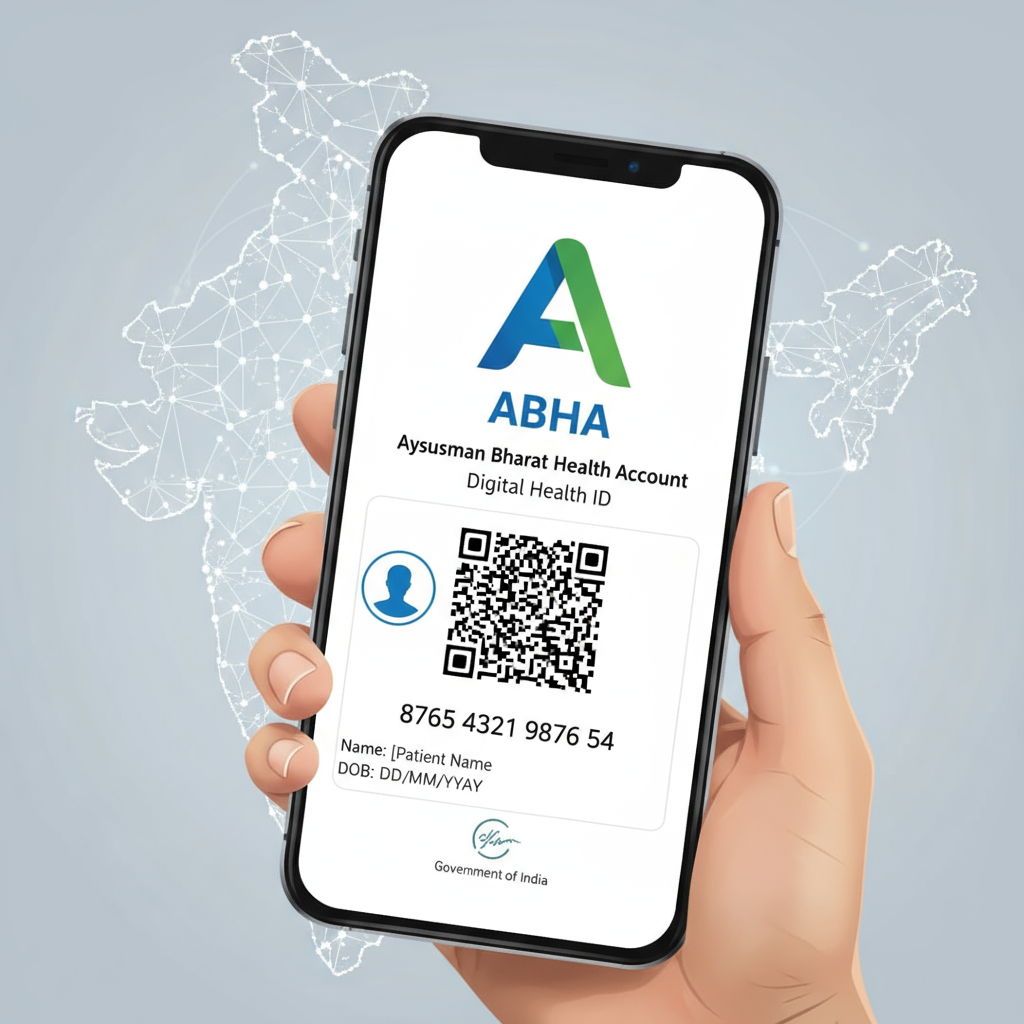
Scale and Scope
Launched September 2021, ABDM aims to create nationwide digital health ecosystem integrating providers and patients:
- 73.98+ crore ABHA accounts created
- 49.06+ crore health records linked
- 5.64+ lakh healthcare professionals registered
- 3.63+ lakh health facilities onboarded
- Top states: Uttar Pradesh, Rajasthan, Maharashtra, Madhya Pradesh, Gujarat
- Gender: 49.15% female beneficiaries
Key Components:
- Unique Health ID (ABHA): 14-digit digital identity for citizens pib.gov
- Health Information Exchange (HIE): Platform for data sharing among stakeholders
- Personal Health Record (PHR): Patient-controlled digital records
- Ayushman Arogya Mandirs: 2 lakh+ centers facilitating early diagnosis
Technological Infrastructure:
- Federated learning platform (NHA-IIT Kanpur MoU, September 2024): Enabling AI model development with privacy preservation
- Open source and proprietary software mix
- Hospital Management Information Systems (HMIS), e-Governance platforms
Digital Health Market Growth
India’s digital health market: $2.7 billion (2022) projected to $37 billion (2030)—blockchain capturing significant infrastructure share.
Blockchain Applications in Healthcare
1. Electronic Health Records (EHR) Management
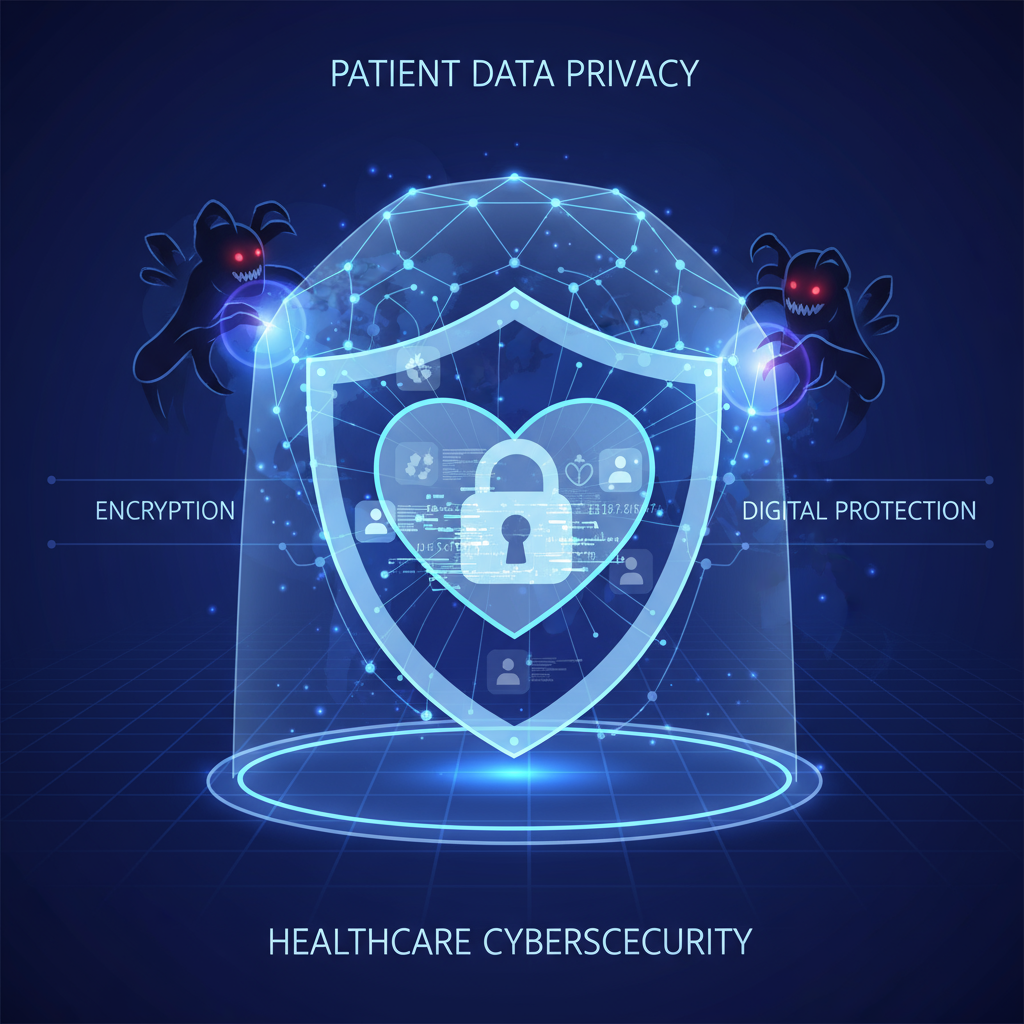
Current Challenges:
- Fragmented systems; patient data scattered across providers lacking interoperability
- Security vulnerabilities; cloud-based EHRs susceptible to hacking, unauthorized access
- $9.8 million average healthcare breach cost
Blockchain Solutions:
- Unified patient record: Single source of truth accessible to authorized providers
- Patient-controlled access: Cryptographic keys enabling patients to grant/revoke access
- Immutable audit trail: Tracking who accessed, modified records ensuring accountability
- Interoperability: Seamless data exchange across hospitals, labs, pharmacies
Indian Context: Blockchain integration with ABDM’s 73 crore ABHA accounts could create world’s largest blockchain-based EHR system
2. Drug Supply Chain and Anti-Counterfeiting
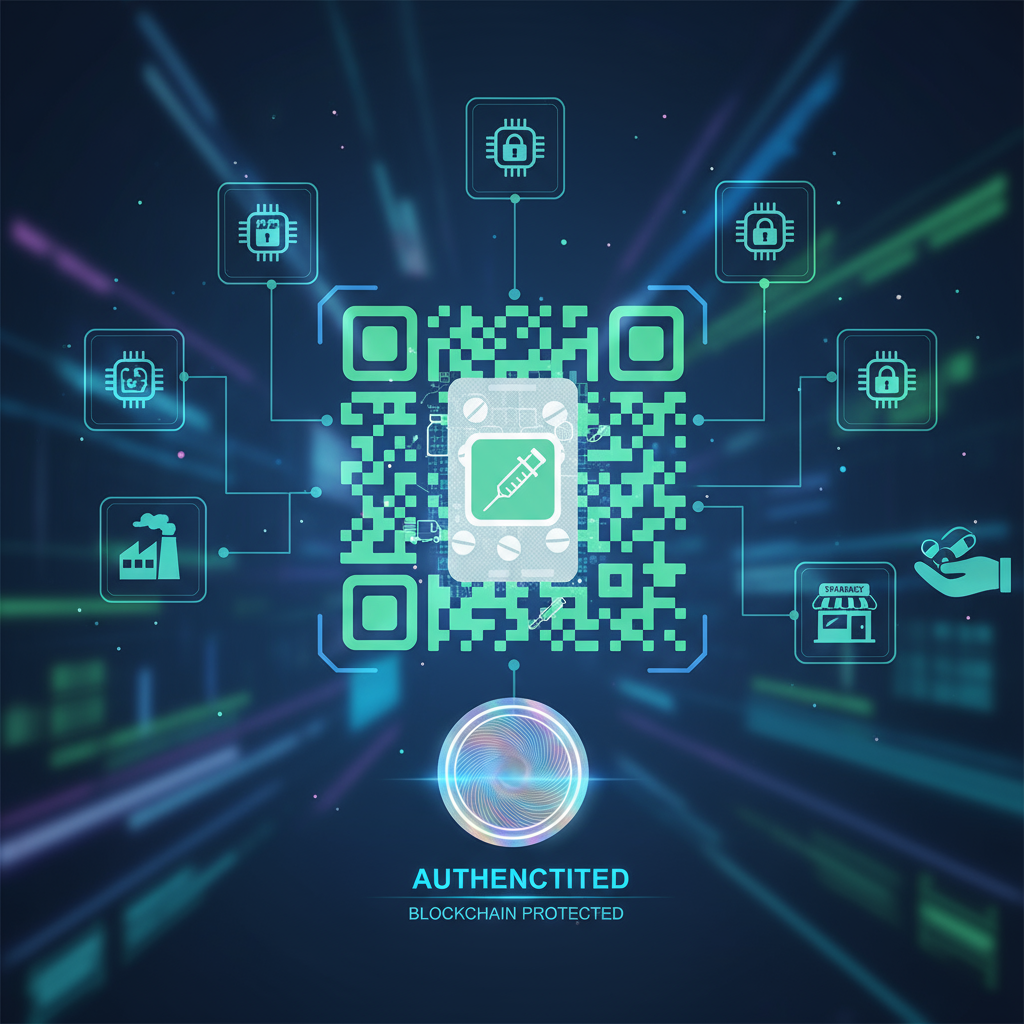
Problem Statement:
- Counterfeit drugs estimated 10-30% of medicines in developing countries
- Opaque supply chains; difficulty tracing drug origin, authenticity
Blockchain Interventions:
- Track-and-trace: Recording every transaction from manufacturer to patient ensuring provenance
- Smart labels: QR codes, RFID tags linked to blockchain verifying authenticity
- Real-time monitoring: Temperature, handling conditions tracked for sensitive drugs
India-Specific Application:
- Controlled drug prescriptions: Permissioned blockchain ensuring authentic prescriptions for Schedule H drugs; nodal authorities as validators
- IBM’s Drug Supply Chain Application demonstrating transparency over pharmaceutical supply chain
3. Insurance Claims Processing
Existing Inefficiencies:
- Manual verification; delays, errors, fraud
- Lack of transparency; disputes between patients, insurers, providers
Blockchain Solutions:
- Automated claims: Smart contracts verifying eligibility, processing payments instantly
- Fraud prevention: Immutable records preventing duplicate claims, false billing
- Transparent auditing: Regulators, auditors accessing transaction history
ABDM Integration: Ayushman Bharat PM-JAY scheme (world’s largest health insurance) could leverage blockchain for claim verification
4. Clinical Trials and Research
Data Integrity Challenges:
- Selective reporting, data manipulation affecting research validity
- Consent management complexities
Blockchain Benefits:
- Tamper-proof trial data: Recording outcomes, protocols immutably ensuring integrity
- Patient consent tracking: Smart contracts managing informed consent, data sharing permissions
- Secure data sharing: Among researchers while preserving privacy through federated learning + blockchain synergy
5. Health IoT and Remote Monitoring
Integration Potential:
- Wearable devices, sensors generating continuous health data requiring secure storage, transmission
- Blockchain + IoT: Ensuring data integrity, authenticity from sensor to clinical system
Technical Approaches:
- Edge/fog computing: Local validation reducing latency, scalability issues
- Homomorphic encryption: Computations on encrypted data protecting privacy
India’s National Blockchain Framework (Vishvasya)
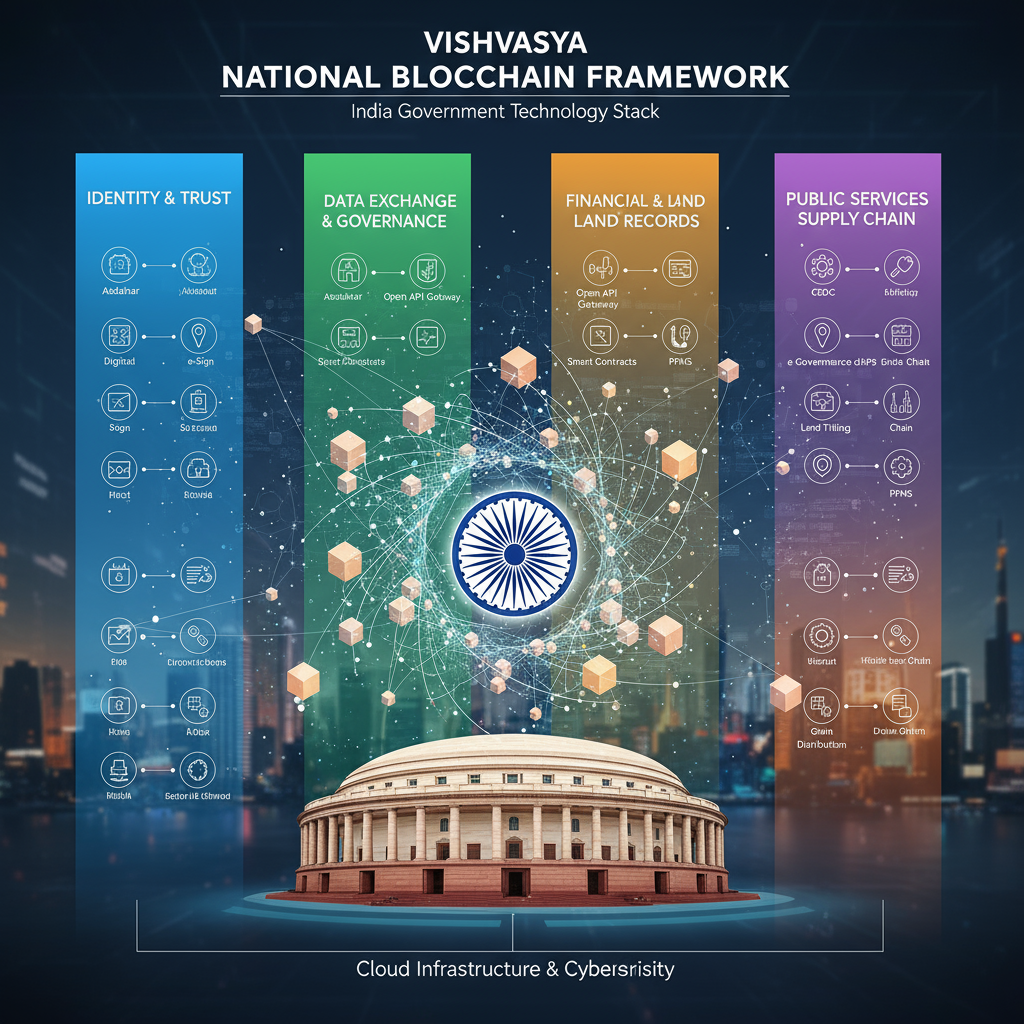
Launch and Architecture
Launched: September 2024 by MeitY Secretary S. Krishnan policyedge
Objective: Establish secure, scalable, and interoperable blockchain infrastructure for governance and public service delivery
Core Components
1. Vishvasya Blockchain Stack:
- Indigenous modular platform providing technical foundation
- Blockchain-as-a-Service (BaaS): Shared infrastructure for easy application deployment
- Distributed Infrastructure: NIC data centers in Bhubaneswar, Pune, Hyderabad for scalability, resilience
- Permissioned Layer: Only verified participants validating transactions
- Open APIs: Modules for authentication, data exchange
Performance: 34+ crore documents verified by October 2025
2. NBFLite:
- Sandbox environment for startups, academia, researchers to prototype applications
- Smart contract templates for supply chain, insurance, certificate verification, drug track-and-trace
3. Praamaanik:
4. National Blockchain Portal:
Healthcare Integration Potential
Vishvasya providing infrastructure layer for ABDM; permissioned blockchain suitable for sensitive health data; potential applications in EHR management, drug supply, insurance claims within ABDM ecosystem
Benefits of Blockchain in Healthcare
1. Enhanced Data Security:
- Cryptographic protection preventing unauthorized access, data breaches
- $9.8 million average healthcare breach cost mitigation
2. Patient Privacy and Control:
- Patients as data owners; granting, revoking access via cryptographic keys
- Compliance with regulations (GDPR, HIPAA, India’s Digital Personal Data Protection Act 2023)
3. Data Integrity and Trust:
- Immutable records ensuring accuracy; no tampering, unauthorized modifications
- Transparent audit trails building trust among patients, providers, regulators
4. Interoperability:
- Breaking data silos; unified health information exchange across providers
- Reducing redundant tests, treatment delays
5. Operational Efficiency:
- Automated workflows via smart contracts reducing administrative burdens
- Faster insurance claims, billing, supply chain processes
6. Fraud Prevention:
Challenges and Limitations
1. Technical Challenges
Scalability:
- Blockchain networks slowing as participants, transactions increase
- Public blockchains struggling with healthcare’s massive data volumes
Energy Consumption:
- Proof of Work consensus consuming excessive energy
- Private, permissioned blockchains addressing this but sacrificing some decentralization
Interoperability (Paradox):
- Multiple blockchain platforms lacking standardization; difficulty integrating
- Legacy healthcare systems incompatible with blockchain
2. Regulatory and Legal Gaps
Absence of Frameworks:
- India lacking dedicated blockchain healthcare regulations
- Unclear on data ownership, liability, dispute resolution
Compliance Complexities:
3. Privacy and Security Concerns (Paradoxes)
51% Attacks:
Smart Contract Vulnerabilities:
Data Storage Limitations:
- Blockchain storing transaction metadata, not large medical files (MRI, CT scans)
- Off-chain storage required; introduces vulnerabilities
4. Societal and Ethical Challenges
Digital Divide:
- 40% SC/ST, 36% women lacking meaningful internet access limiting benefits
- Rural populations, elderly, low-income groups excluded
Patient Empowerment vs. Burden:
- Managing cryptographic keys complex; lost keys = lost access
- Overburdening patients with data management responsibilities
5. Organizational Barriers
High Implementation Costs:
- Initial investment in infrastructure, training, integration substantial
- Small healthcare providers unable to afford
Lack of Technical Expertise:
Policy Recommendations: Building Responsible Ecosystem
1. Regulatory Framework Development
Dedicated Healthcare Blockchain Regulations:
- MeitY, MoHFW jointly framing guidelines
- Addressing data ownership, liability, interoperability standards
Privacy Protection:
- Implement Digital Personal Data Protection Act 2023 for healthcare
- Technical solutions: Off-chain storage for large files, on-chain hashes for verification
2. Pilot Projects and Proof of Concepts
Controlled Drug Prescriptions:
- Scale permissioned blockchain model addressing Schedule H drug misuse
- Nodal authorities (drug control administration) as validators
EHR Integration with ABDM:
Supply Chain Transparency:
- Pharmaceutical supply chain blockchain preventing counterfeits
- Public-private partnerships with pharma companies
3. Infrastructure and Standards
National Blockchain Infrastructure:
- Vishvasya platform providing shared infrastructure reducing individual costs
- Standardized protocols ensuring interoperability
Integration with Existing Systems:
- APIs, middleware connecting legacy HMIS, EMR systems with blockchain
- Phased migration avoiding disruption
4. Hybrid Technology Integration
Blockchain + AI:
- Federated learning platforms (NHA-IIT Kanpur) combining blockchain security with AI analytics
- AI optimizing blockchain efficiency through intelligent consensus
Blockchain + IoT:
- Wearable health devices + blockchain ensuring data integrity
- Real-time monitoring with tamper-proof records
5. Addressing Digital Divide
Inclusive Design:
- Offline modes, assisted ABHA creation for low-connectivity areas
- Vernacular interfaces, voice-based interactions
Subsidized Access:
- Smartphones, data plans for BPL families
- Digital literacy campaigns targeting rural, SC/ST, women
Way Forward
Short-Term (1-2 years)
- Finalize healthcare blockchain regulations under National Blockchain Framework
- Launch 5 pilot projects: EHR (100 districts), drug supply chain, insurance claims, controlled prescriptions, clinical trials
- Train 10,000 healthcare IT professionals in blockchain
Medium-Term (3-5 years)
- Scale successful pilots to 50% healthcare facilities nationwide
- Integrate blockchain with ABDM infrastructure for 50 crore+ ABHA holders
- Achieve interoperability standards adoption by major hospital chains, insurance companies
Long-Term (5-10 years)
- Universal blockchain-based EHR system for all 140 crore Indians
- Position India as blockchain healthcare innovation hub exporting solutions to Global South
- Achieve $10 billion blockchain healthcare market creating 100,000 jobs
Conclusion: Promise Meets Reality
India stands at a remarkable convergence: 73+ crore ABHA accounts (world’s largest digital health ID system) meeting Vishvasya blockchain framework (₹64.76 crore indigenous infrastructure).
Applications are compelling: EHR management, drug supply chain tracking (addressing 10-30% counterfeits), automated insurance claims, clinical trial integrity, IoT health monitoring. Benefits are significant: Enhanced security ($9.8M average breach cost mitigation), patient privacy control, data integrity, interoperability, operational efficiency, fraud prevention.
Yet challenges loom large: Scalability, energy consumption, interoperability paradoxes, regulatory gaps, high costs, technical expertise shortage, 40% SC/ST digital divide, privacy vs. transparency tensions.
Blockchain healthcare represents classic socio-technical governance challenge: balancing innovation with protection, accessibility with quality, autonomy with security. National Blockchain Framework’s 34+ crore documents verified by October 2025 demonstrates government-scale deployment capability.
Critical success factors:
- Dedicated healthcare blockchain regulations (currently absent)
- Pilot projects proving value before mass rollout
- Vishvasya infrastructure reducing individual provider costs
- Hybrid solutions (off-chain storage for large files, on-chain hashes)
- Digital literacy programs ensuring marginalized populations benefit
Estonia’s example proves possibility: 99% digital prescriptions since 2016, patient-controlled health records. India’s scale (73 crore accounts vs Estonia’s 1.3 million population) magnifies both opportunity and challenge.
As NHA-IIT Kanpur federated learning platform demonstrates, blockchain + AI synergy offers privacy-preserving analytics—unlocking immense potential for improving health outcomes.
Ultimate vision: Integrated digital health ecosystem combining ABDM’s scale, Vishvasya’s security, AI’s intelligence, transforming Indian healthcare. But success dependent on multi-stakeholder collaboration: Government regulators, healthcare providers, tech firms, patients co-creating solutions.
Blockchain not silver bullet—addressing healthcare’s deep-rooted challenges requires holistic system strengthening, not just technological overlay. As India aspires for universal health coverage, blockchain offering tools for secure, interoperable, patient-centric care delivery—if governance, equity challenges addressed.






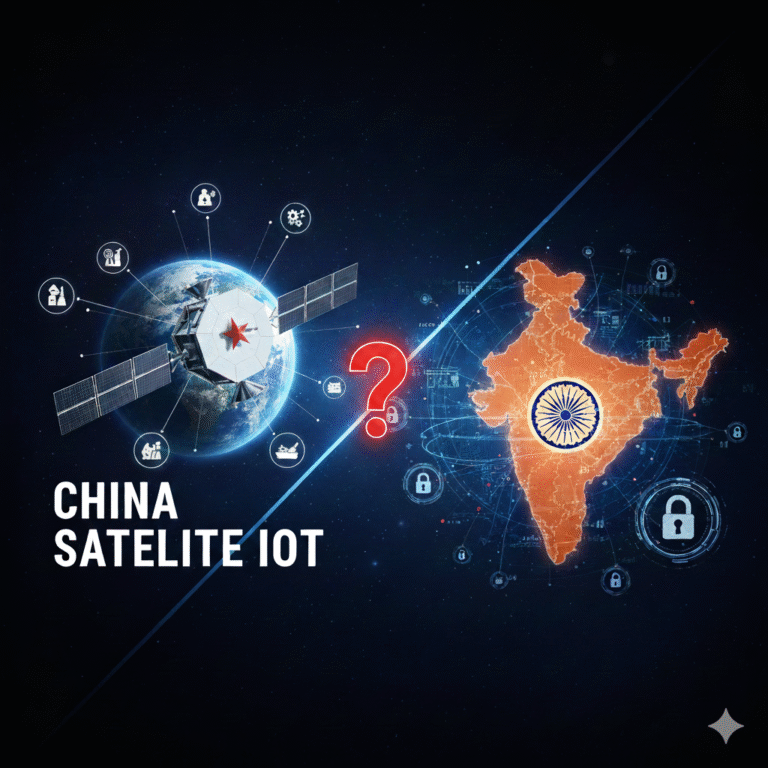
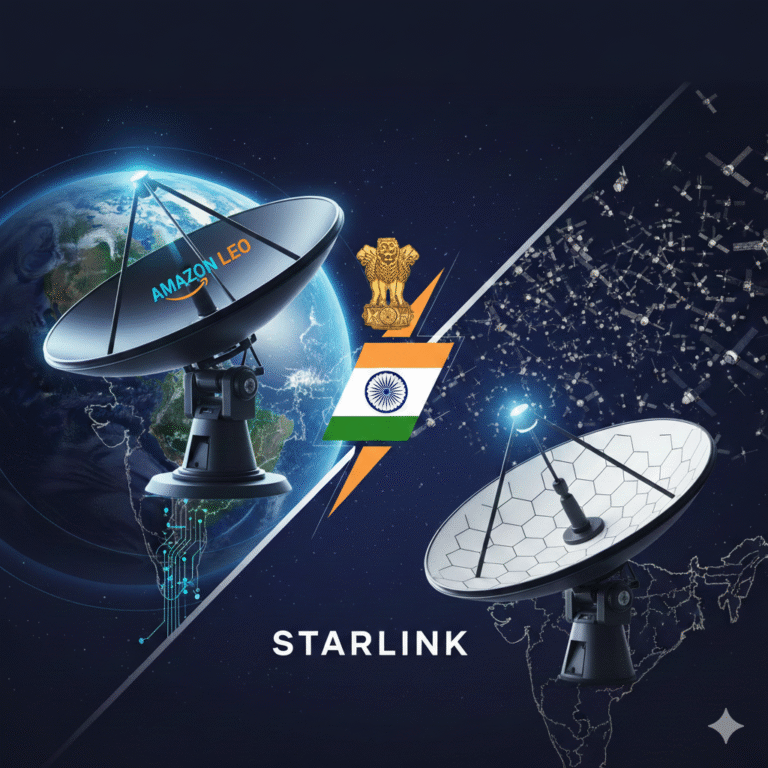

+ There are no comments
Add yours